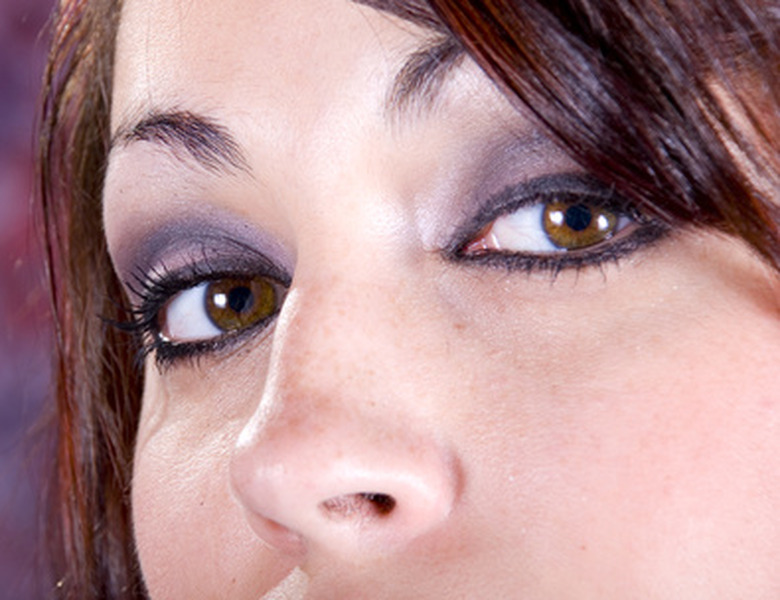Science Projects On Dominant & Recessive Genes
Some characteristics are genetically inherited. Genetic material is passed from parents to offspring in the form of DNA on chromosomes. Everyone has an even number of chromosomes: half are from his mother and half are from his father. Genes are sections of DNA that encode characteristics. Alleles refer to different versions of a gene.
Analysis of Human Pedigree
Analysis of Human Pedigree
Mendelian traits – the characteristics studied by Gregor Mendel – are determined by a single gene. An individual is homozygous for a particular gene if he has two identical versions of that gene; whereas, he is heterozygous if he has two different versions of that gene. Homozygous and heterozygous describe the genotype. The combination of genes results in the phenotype, the actual observable trait. A dominant trait is expressed (phenotype) whenever that allele is present, whether homozygous or heterozygous (genotype). On the other hand, a recessive trait only affects an individual if he has two identical – homozygous – copies of that gene. Punnet squares are graphs representing the genotypes that would hypothetically result from a cross of parents of known genotype. The first generation of offspring is called F1, and the next generation is F2, etc. In a simple cross between a homozygous dominant parent and a homozygous recessive parent, all the F1 offspring will be heterozygous – each will have one dominant and one recessive copy of the gene – and the phenotype will be the dominant trait. If two of those heterozygous individuals are mated, 25 percent of the resulting F2 generation will be homozygous dominant, 50 percent will be heterozygous, and 25 percent will be homozygous recessive; the ratio is 1:2:1. Since homozygous dominant and heterozygous display the same phenotype, 75 percent of the F2 generation will express the dominant – or wild type – trait, and 25 percent will express the recessive trait; the ratio is 3:1. When studying people in a family, a pedigree depicting the phenotypes of two to three generations can be used to extrapolate the unknown genotypes.
Choose Mendelian traits (some examples are: attached earlobes, freckles, right thumb up when fingers are interlaced, widow's peak), and create a pedigree for each trait, showing whether each member of your family has that trait. Record the proportions and ratios, and compare them to hypothetical Punnet square results to figure out whether each trait is determined by a dominant or recessive gene. If there is not enough information in your pedigree to determine the form of inheritance of a particular trait, indicate why not.
Breed Chickens in Vivo
Breed Chickens in Vivo
Cross a barred Plymouth Rock cock with a white Aracaun rumpless hen, and observe whether the dominant traits – lay blue-green eggs, grow barred feathers and develop a tail – will be expressed in the adult offspring.
Virtual Fly Lab
Virtual Fly Lab
A quicker, less messy genetics study can be performed online on the WKU Biology website. Mate various Drosophila melanogaster fruit flies, and observe the virtual results of about 500 F1 offspring. With the click of a mouse, the virtual F2 generation flies are displayed. Calculate the proportions and ratios of the F2 generation phenotypes. Infer and calculate the proportions and ratios of the F2 genotypes.
Cite This Article
MLA
Nambil, Andy. "Science Projects On Dominant & Recessive Genes" sciencing.com, https://www.sciencing.com/science-projects-dominant-recessive-genes-7559681/. 24 April 2017.
APA
Nambil, Andy. (2017, April 24). Science Projects On Dominant & Recessive Genes. sciencing.com. Retrieved from https://www.sciencing.com/science-projects-dominant-recessive-genes-7559681/
Chicago
Nambil, Andy. Science Projects On Dominant & Recessive Genes last modified August 30, 2022. https://www.sciencing.com/science-projects-dominant-recessive-genes-7559681/
